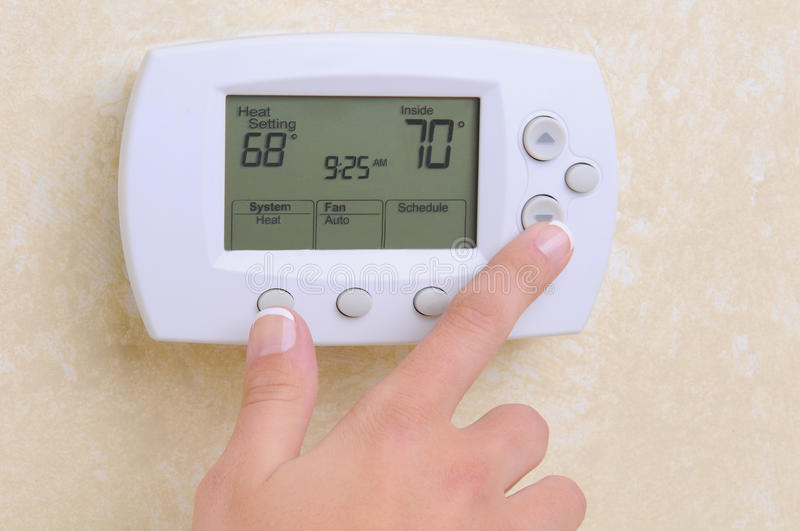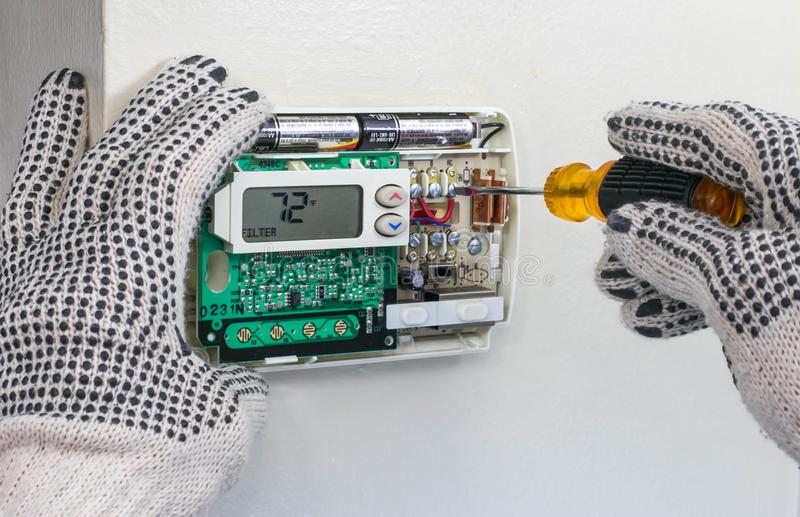©2025 BloomfieldCooling.com. All Rights Reserved. | Privacy Policy | Sitemap | Powered by Media Consultants, LLC


 If you’re having trouble at this time of year keeping your house warm (or cool in hot weather), you’re likely to think the problem lies with your central HVAC system. This is a possibility, of course, but the issue could lie with your thermostat.
If you’re having trouble at this time of year keeping your house warm (or cool in hot weather), you’re likely to think the problem lies with your central HVAC system. This is a possibility, of course, but the issue could lie with your thermostat.
Your trusty thermostat may need some attention if you’re experiencing the following heating issues.
Signs of thermostat and heating problems
Other thermostat problems


1 – Your thermostat might need a cleaning, as dust and grime can build up inside the unit. This prevents it from properly reading your home’s temperature.
2 – If the thermostat is older and not level (due to the house settling or improper installation) it will not work properly. Older mercury bulb units require the unit to be level.
3 – Does your thermostat require batteries? If you’re getting a low power signal, give it some juice with new batteries.
4 – You may need to relocate the thermostat for the most accurate readings, away from direct sunlight or the exterior door. Otherwise, it will read the room as warmer or colder than it is, and provide the wrong information to the HVAC system about the zone. We can provide recommendations on the best way to zone your home for maximum comfort and efficiency.
Age is an issue for HVAC systems and thermostats
If your HVAC system is at least 15 years old or nearing 20, it won’t run as efficiently as a newer system. In addition, older air conditioning systems run on Freon (R-22) which makes them difficult to service since this product is now prohibited by the EPA. New systems run on R-410A, a more environmentally friendly gas.
If the thermostat is more than 10 years old, even if you haven’t had any problems with readings, settings, or wiring, you might want to change it for an updated programmable or smart unit.
Programmable thermostats have been around for years and create good energy efficiency in your home; the smart units that learn as they go are becoming more popular—and are even more efficient. They learn your heating and cooling preferences and create a schedule to match. These often have remote energy management features that are app-controlled on a mobile device or computer. At Bloomfield Cooling, Heating & Electric, we like the Cô r™ C smart thermostat from Carrier.
If you’re having temperature control problems, contact Bloomfield Cooling, Heating & Electric for a diagnostic troubleshooting call. We’ll make the right recommendation and repair to make sure your indoor air comfort is where you want it to be. Contact our office at info@bloomfieldcooling.com for an appointment.